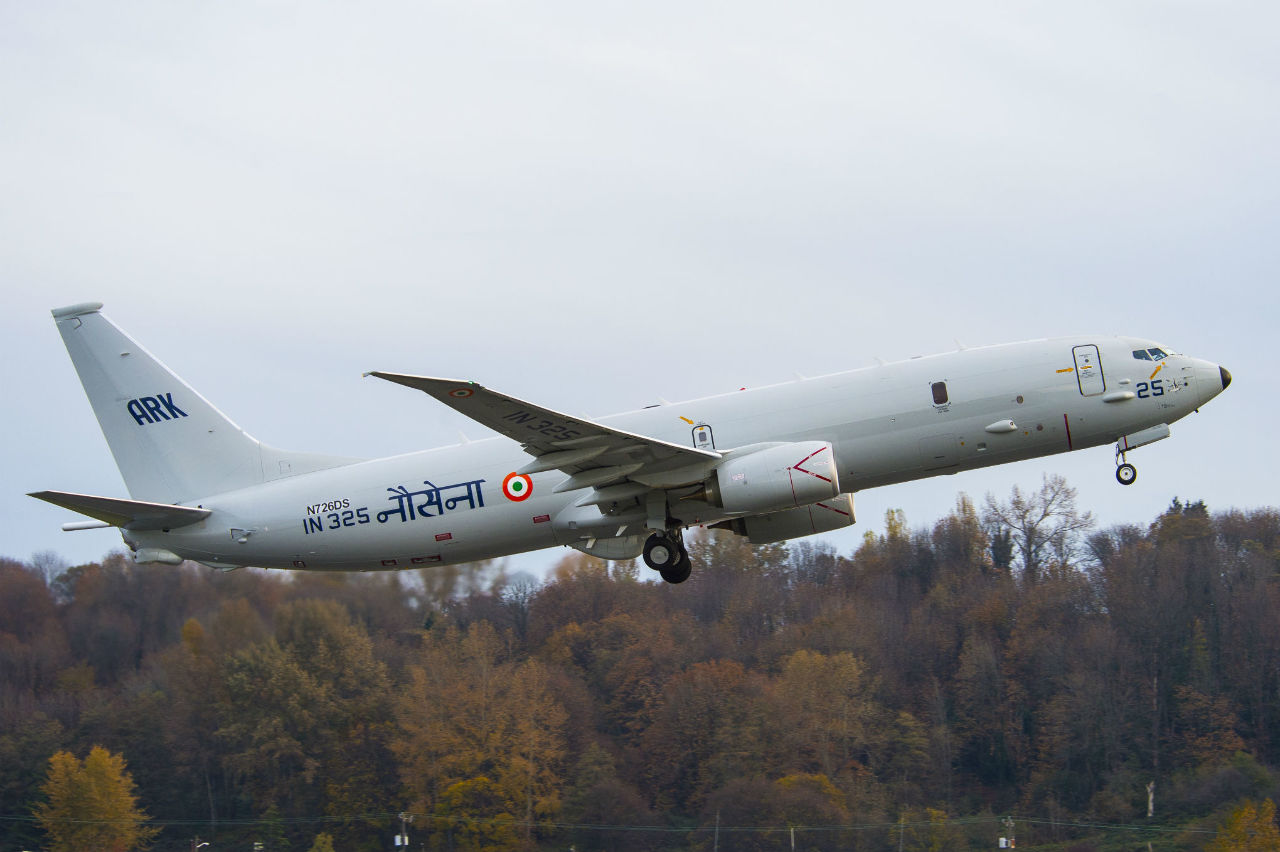The volume of international transfers of major weapons has grown continuously since 2004 and increased by 8.4% between 2007–11 and 2012–16, according to the latest data on arms transfers published by the Stockholm International Peace Research Institute (SIPRI). Transfers of major weapons in 2012–16 reached their highest volume for any five-year period since the end of the cold war. To smooth out the effects of year-to-year fluctuations, SIPRI presents data for five-year periods.
The flow of arms increased to Asia and Oceania and the Middle East between 2007–11 and 2012–16, while there was a decrease in the flow to Europe, the Americas and Africa. According to SIPRI data, the five biggest exporters — the U.S., Russia, China, France and Germany — together accounted for 74% of the total volume of arms exports.
Asia and Oceania
Arms imports by states in Asia and Oceania increased by 7.7% between 2007–11 and 2012–16 and accounted for 43% of global imports in 2012–16. India was the world’s largest importer of major arms in 2012–16, accounting for 13% of the global total. Between 2007–11 and 2012–16, the country increased arms imports by 43%. In 2012–16 India’s imports were far greater than those of its regional rivals China and Pakistan.
Imports by countries in South East Asia increased 6.2% from 2007–11 to 2012–16. Viet Nam made a particularly large jump from being the 29th largest importer in 2007–11 to the 10th largest in 2012–16, with arms imports increasing by 202%.
Middle East
Between 2007–11 and 2012–16 arms imports by states in the Middle East rose by 86% and accounted for 29% of global imports in 2012–16. Saudi Arabia was the world’s second largest arms importer in 2012-16, with an increase of 212% compared with 2007–11. Arms imports by Qatar went up by 245%. Although at lower rates, the majority of other states in the region also increased arms imports.
U.S.
With a one-third share of global arms exports, the USA was the top arms exporter in 2012– 16. Its arms exports — almost half of which went to the Middle East — increased by 21% compared with 2007–11.
Russia and China
Russia accounted for a 23% share of global exports in the period 2012–16. 70% of its arms exports went to four countries: India, Viet Nam, China and Algeria. China’s share of global arms exports rose from 3.8 to 6.2% between 2007–11 and 2012–16. It is now firmly a top-tier supplier, like France and Germany which accounted for 6% and 5.6%, respectively.
French arms export deliveries are expected to accelerate soon following a series of major contracts signed in the past five years. Despite a spike in arms exports in 2016, German arms exports—counted over a five-year period—decreased by 36% between 2007–11 and 2012–16.

